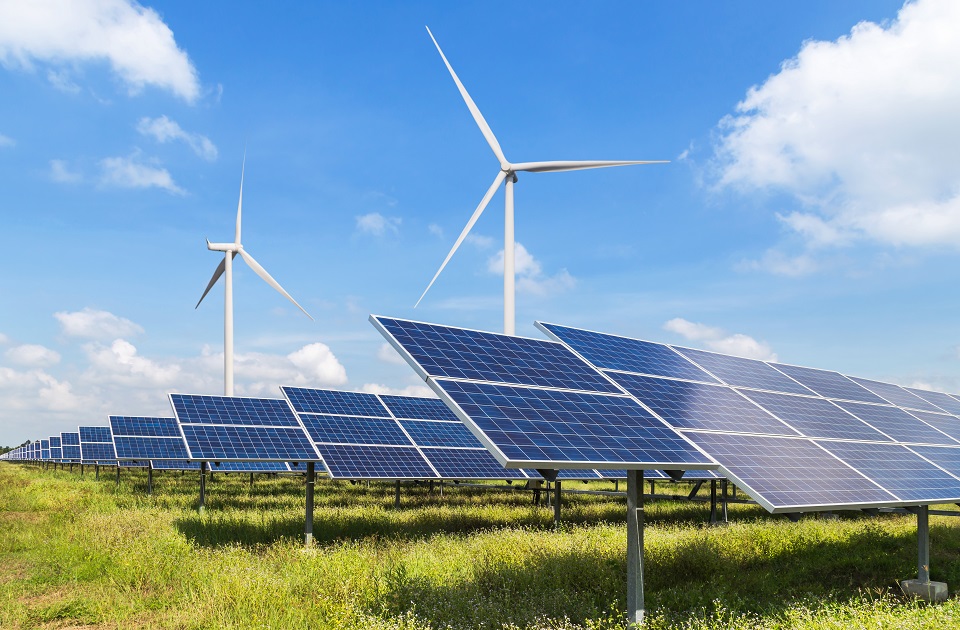
PPA contracts continue to “remain attractive” in European markets despite a staggering 47% increase year-on-year. Image: Keele University.
Solar power purchase agreements (PPA) in the UK rose 18.4% during Q2 and exceeding £60/MWh, but less than the 24% increase of wind prices.
Overall in Europe PPA prices have skyrocketted 47% year-on-year as the continent’s energy crisis persists along with soaring inflation, according to renewable energy marketplace LevelTen Energy's latest Price Index report.
Regardless of PPA's pricing upwards, the contracts continue to “remain attractive” as the wholesale electricity prices throughout Europe have stayed high and will continue to in the coming months.
The ongoing conflict in Ukraine has caused PPA prices to soar with supply failing to keep up with demand, said Flemming Sørensen, VP of Europe at LevelTen Energy.
Europe’s P25 Index – an aggregation of the lowest 25% of solar and wind PPA offers – now stands at €66.07/MWh (£55.89/MWh), a 16% hike on Q2, an almost eight percentage point increase on the previous quarter when prices increased 8.1%.
Meanwhile, PPA pricing has also been swayed by drives from European governments to accelerate the deployment of renewables, as well as the growing economics of merchant business models.
“With public and private sector renewable ambitions growing, developers have no shortage of options when it comes to selling their clean electricity,” said the report.
This is a trend seen in Poland, where P25 solar prices have reached €95/MWh (£80.32/MWh) – prices spiked 36.2% due to the cessation of natural gas imports from Russia – with developers taking their projects to the wholesale market as its electricity prices remain high, forgoing PPAs.
The P25 Index for solar offers rose 19.1% to €59.43/MWh in Q2, nearly €10 higher from Q1 2022. Markets in Spain and Finland remained more stable, however, with P25 index prices for solar even falling slightly – by 2.6% – in the latter.
Issues impacting Europe’s PPA are set to persist for some time yet too, with Sørensen stating that there isn’t a “clear end in sight” as the root causes of the imbalance could take years to resolve.
“Developers continue to struggle to build new solar and wind projects, which are sorely needed, due to tough permitting and interconnection challenges and the rising cost of inputs and labor,” added Sørensen.
This article orginally appeared of Solar Power Portal's sister site, PV Tech.

